Embry-Riddle Aeronautical University says the arrival of three Penguin C unmanned aircraft systems (UAS) earlier this year “instantly transformed” the university’s drone program for flight- and simulation-based training.
Embry-Riddle’s acquisition of the drones also opened the door for missions controlled from multiple ground-based stations, called remote-split operations, as well as flights beyond the operator’s visual line of sight. The aircraft have applications for fighting wildfires, border patrol, search and rescue, oil pipeline and utility inspections, environmental assessments, and military surveillance.
All these applications suggest an array of career paths for Embry-Riddle graduates trained to fly the Penguin Cs, says the university.
With a 10.8-foot wingspan, the fixed-wing Penguin C aircraft are capable of flying up to 20 hours over a 60-mile range while carrying electrical, optical and infrared camera sensors. They promise a leg up for professional UAS pilots-in-training at Embry-Riddle, according to Professor Mike Wiggins, chair of aeronautical science on the Daytona Beach, Fla., campus.
“Students currently learn to fly small fixed-wing survey platforms, and beginning in 2025, the military-grade Penguin C aircraft,” Wiggins says. “The goal is to ensure our graduates have the skills they need to run a successful business or operation using all types of UAS in a safe, responsible manner.”
Embry-Riddle’s Unmanned Aircraft Systems Science program, established in 2011 as the first of its kind in the nation, encompasses three flight courses and one simulator course.
Two recent graduates with unique industry experience are playing a key role in the transformation of Embry-Riddle’s UAS program, the university says.
Shane Aldridge (’15) and Mike “Zeb” Zebehazy (’10), who both worked for aerospace and defense company Textron Systems, were recruited by Embry-Riddle to help run the university’s Penguin C fleet, thanks to their knowledge of a similar platform called the Aerosonde. They are working with Alexander Mirot, associate professor of aeronautical science, whose Air Force experience provided him with knowledge of unmanned aircraft such as the MQ-9 Reaper.
Last September, Aldridge and Zebehazy spent a month in Latvia, training to fly Penguin Cs before the aircraft arrived at Embry-Riddle.
“We learned how to pack the parachute that helps the aircraft land safely and how to maintain it and fly it,” says Aldridge, now a UAS flight supervisor at Embry-Riddle.
Currently, the Penguin Cs are being tested over controlled airspace near Bunnell, Fla., about 25 miles north of the Daytona Beach campus. Zebehazy, UAS maintenance and inventory manager, says the university is working on applications for federal waivers that would allow students to fly the drones over the Bunnell field via a remote-control operation in Daytona Beach. Because the aircraft have a digital datalink, the goal is to fly them through a network connection, Aldridge notes.
The Penguin Cs, purchased from the UAV factory, will become accessible to students in spring 2025.



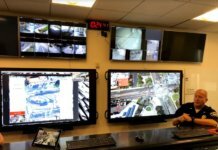

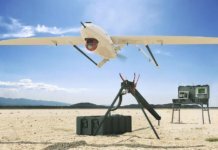
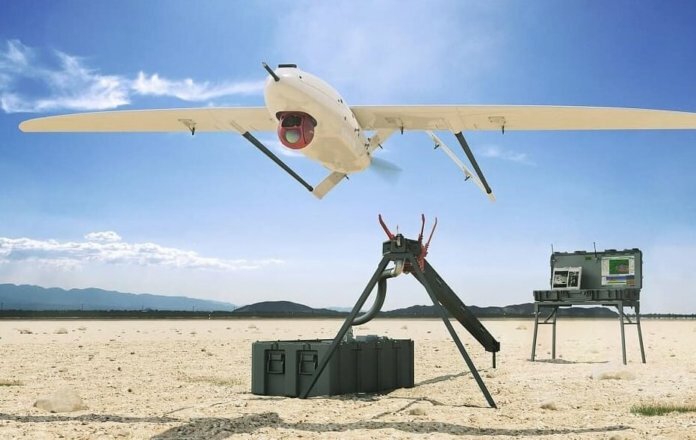

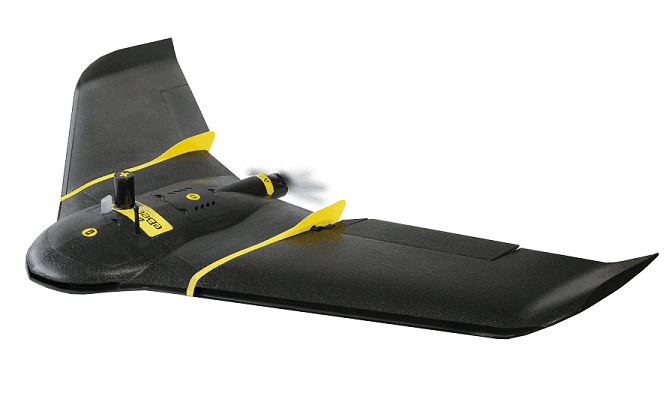
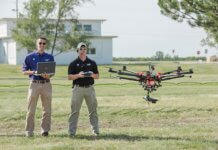

Leave a Comment
Your email address will not be published. Required fields are marked *